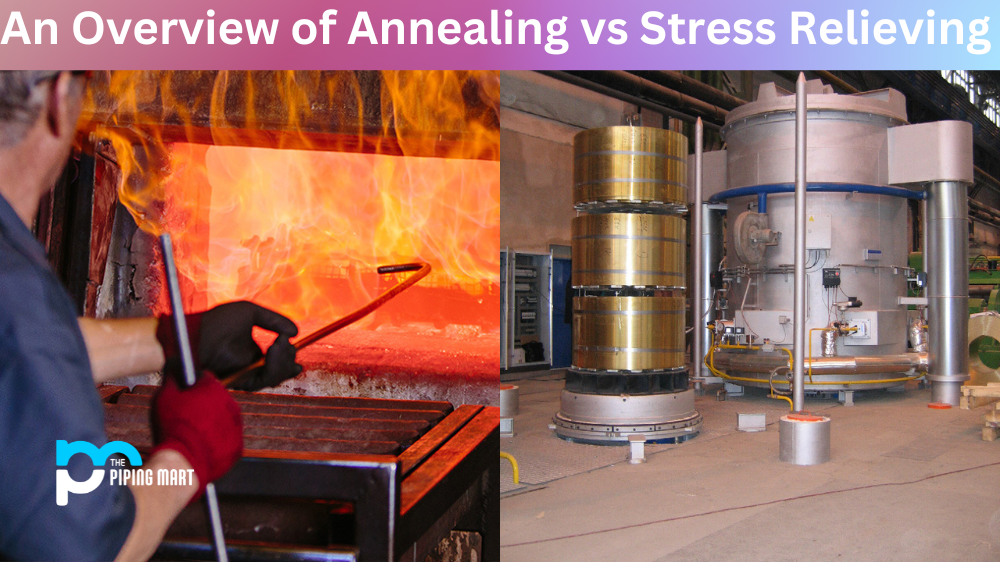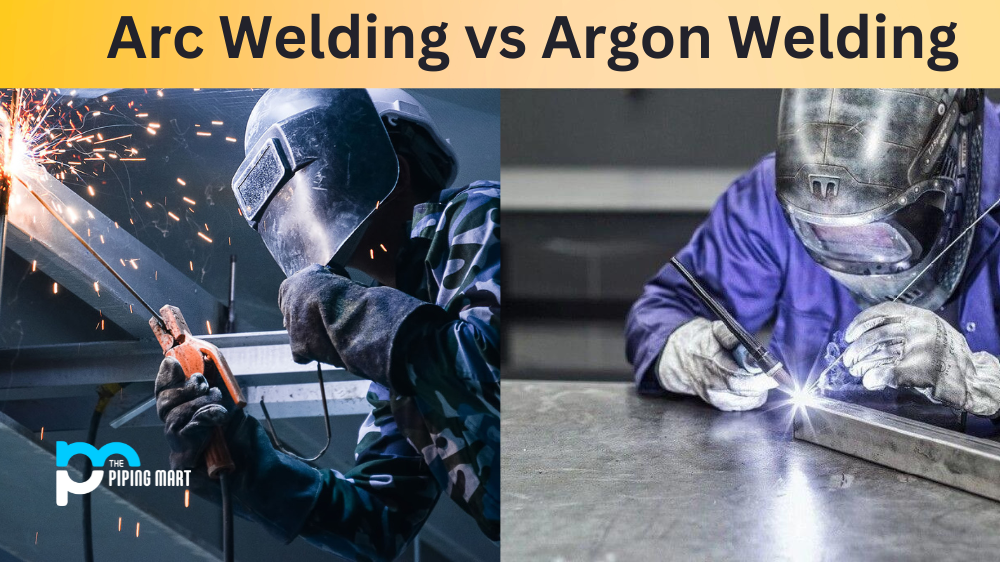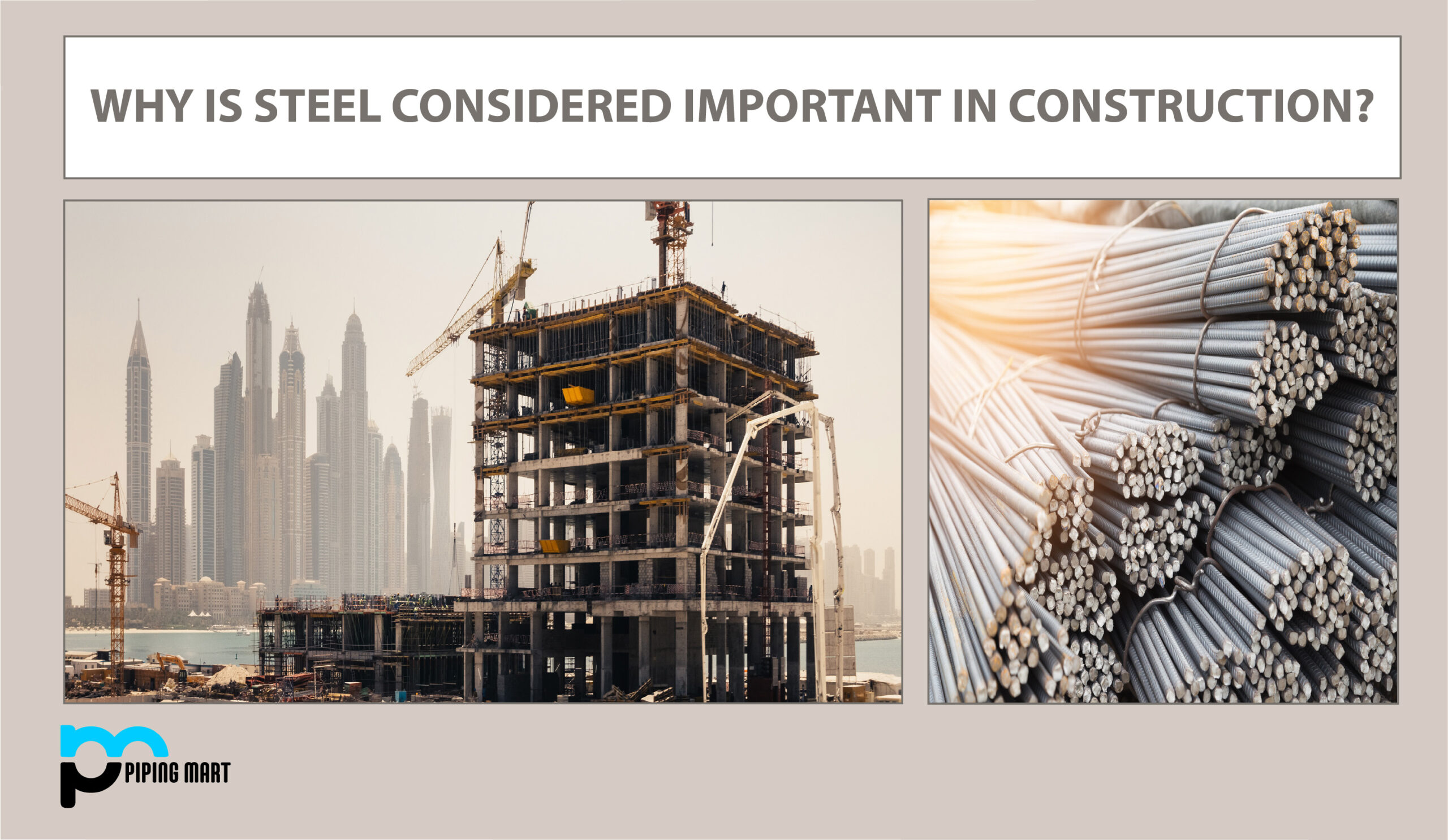When working with metal, it is important to understand the differences between annealing and stress relieving. Both processes are necessary for different reasons, and each offers its own unique set of benefits. Let’s explore annealing and stress relief in more detail so you can make informed decisions about which process is best for your project.
What Is Annealing?
Annealing is a heat treatment process that alters the physical and sometimes chemical properties of a material to increase its ductility and reduce its hardness. It does this by heating a metal to just below its melting point and then allowing it to cool slowly over time. This helps relieve internal stresses caused by machining, grinding, or forming processes, resulting in softer metals that are easier to work with. There are several types of annealing depending on the desired result, such as recrystallization annealing or full anneal.
Annealing is a heat treatment process that is used to soften metals or alloys. The metal is heated to a high temperature and then slowly cooled. This process increases the metal’s ductility and reduces its brittleness. Annealing is often used to improve the machinability of metals.
What Is Stress Relieving?
Stress relieving is another type of heat treatment process that works differently than annealing. While annealing softens metal particles to make them easier to work with, stress relieving simply reduces the residual stresses left behind from manufacturing processes such as bending or welding without changing the material’s structure or properties. It does this by heating the metal until it reaches a certain temperature (usually lower than what is used in annealing) and then cooling it back down at a controlled rate. This helps remove any internal stresses caused by hardening or other manufacturing methods so that potential problems down the line can be avoided.
Stress relieving is a heat treatment process that is used to reduce the stress in metals or alloys. The metal is heated to a high temperature and then slowly cooled. This process decreases the metal’s hardness and makes it less likely to break under stress. Stress relieving is often used to improve the weldability of metals.
Difference Between Annealing and Stress Relieving
Temperature
One of the main differences between annealing and stress relieving is the temperature at which the metal is heated. For annealing, the metal is typically heated to a temperature that is above its recrystallization temperature. For stress relief, the metal is typically heated to a temperature that is below its recrystallization temperature.
Cooling Rate
Another difference between annealing and stress relieving is the cooling rate of the metal. For annealing, the metal is typically cooled slowly in order to allow for complete recrystallization. For stress relief, the metal is typically cooled quickly in order to prevent recrystallization from occurring.
Purpose
The final difference between annealing and stress relieving is their purpose. Annealing is typically done in order to improve the ductility or machinability of a metal. Stress relieving is typically done in order to reduce the stress in a metal or improve its weldability.
Conclusion:
Annealing and stress relieving both have their uses when working with metals, but they serve different purposes – Annealing softens metals while stress-relieving reduces internal stresses without changing the material’s structure or properties. Depending on your application, one may be more suited than the other, so it’s important to know the difference before making any decisions about which process is best for your project. Understanding these two processes will enable you to choose the right solution for your needs every time!

Abhishek is a seasoned blogger and industry expert, sharing his insights and knowledge on various topics. With his research, Abhishek offers valuable insights and tips for professionals and enthusiasts. Follow him for expert advice on the latest trends and developments in the metal industry.




